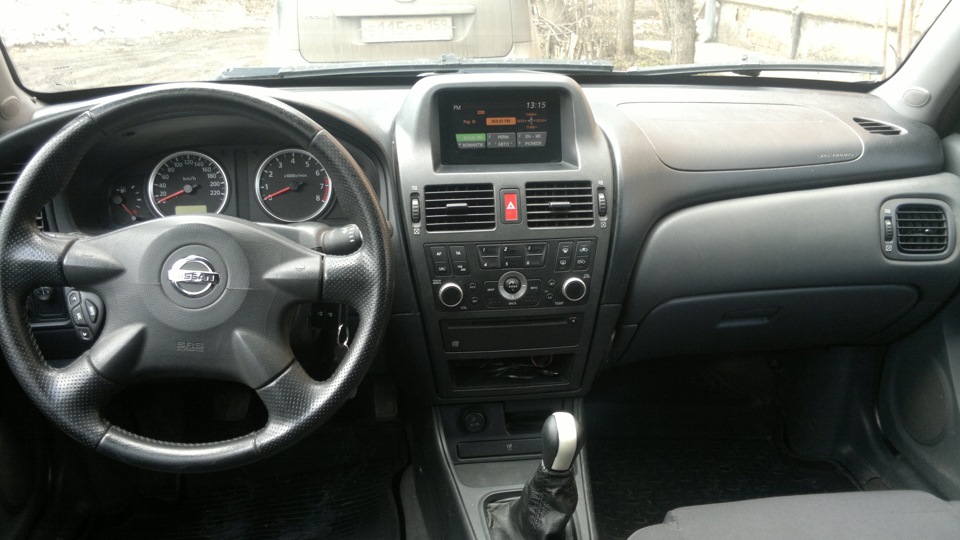
Upravo je i ona generator izvoza Krapinsko-zagorske županije. Kapacitet zamrzavanja progarama i 8 vremenskih programma, brzi 40- kg/24 h: 16 minutni program,tipka za osjetljivo rublje dim. Schedule Generator. Add a course/program/group to your schedule with the dropdown box above. Niets gekozen.
The Surveyor program consisted of seven unmanned lunar missions that were launched between May 1966 and January 1968. Five of these spacecraft, Surveyor 1, 3, 5, 6, and 7 successfully soft-landed on the lunar surface. In addition to demonstrating the feasibility of lunar surface landings, the Surveyor missions obtained lunar and cislunar photographs and both scientific and technological information needed for the Apollo manned landing program. Four spacecraft, Surveyor 1, 3, 5, and 6, returned data from selected mare sites from Apollo program support, and Surveyor 7 provided data from a contrasting rugged highland region.  For more on the individual missions, select from the list below. The Surveyor 1 Mission Mission Description Launch: 30 May, 1966 Landed: 2 June, 1966, 06:17:37 UT Landing Site: Flamsteed P (2.45°S latitude, 316.79°E longitude) In addition to proving a variety of new equipment and spacecraft design and validating the technique for landing on the Moon, Surveyor 1, the first U.S.
For more on the individual missions, select from the list below. The Surveyor 1 Mission Mission Description Launch: 30 May, 1966 Landed: 2 June, 1966, 06:17:37 UT Landing Site: Flamsteed P (2.45°S latitude, 316.79°E longitude) In addition to proving a variety of new equipment and spacecraft design and validating the technique for landing on the Moon, Surveyor 1, the first U.S.
Spacecraft to land softly on the Moon, returned a large quantity of scientific data during its first two days of operation on the lunar surface. Following its landing the spacecraft transmitted 11,240 high-resolution television pictures. Surveyor 1 completed its primary mission on July 14, 1966, after transmitting, in addition to the television pictures, data on the bearing strength, temperatures, and radar reflectivity of the Moon. Subsequent engineering interrogations of the spacecraft were conducted through January 1967. Selection of the Target Site All Surveyor landing sites, except for the last one, were selected primarily because they were being considered as Apollo landing sites. The landing site selected for Surveyor 1 was in the southwest part of Oceanus Procellarum. The spacecraft came to rest within about 15 kilometers of the target point, on a flat surface inside a 100-kilometer crater, one radius from the edge of a rimless 200-meter crater.

The Surveyor 2 Mission Mission Description Launch: 20 September, 1966 Surveyor 2 was intended to land in Sinus Medii, a different area of the Apollo zone. When the midcourse maneuver was attempted, one of the vernier engines failed to ignite, and the unbalanced thrust caused the spacecraft to tumble. Pro surveillance system pss software. Although repeated efforts were made to salvage the mission, none was successful. Surveyor 2 crashed into the Moon southeast of Copernicus Crater on September 22, 1966. The Surveyor 3 Mission Mission Description Launched: 17 April, 1967 Landed: 20 April, 1967, 00:04:53 UT Landing Site: Oceanus Procellarum (2.94°S latitude, 336.66°E longitude) The data from Surveyor 3 showed that it touched down on the lunar surface three times before landing because the engines did not shut down as intended.
The spacecraft moved 20 meters between the first and second touchdowns and about 11 meters between the second and third. A final translation movement of about 30 centimeters occurred following the third touchdown. The engines finally shut down prior to the third touchdown. Like its predecessors, this mission carried a survey television camera, as well as other instrumentation for determining various properties of the lunar surface material. In addition, it carried a surface sampler instrument for digging trenches, making bearing tests, and otherwise manipulating the lunar material in view of the television system. During its operation, which ended May 4, 1967, Surveyor 3 acquired a large volume of new data and took 6326 pictures. In addition, the surface sampler accumulated 18 hours of operation, which yielded significant new information on the strength, texture, and structure of the lunar material to a depth of 17.5 centimeters.